Smart Navigation for Service Robotics in Four Acts
What we humans take for granted, is one of the prime challenges in any field of flexible automation and robotics: understanding unstructured environments. For this purpose intelligent perception is the crucial foundation.
We want to show you how we at GESTALT Robotics approach this endeavor step-by-step - starting it off with Deep-Learning-assisted Object Recognition heading further to Simultaneous Localization and Mapping, spatio-temporal memory and advanced navigation.
Next

Object
Recognition
Visual object recognition is the first step towards an overall understanding of unstructured environments. Having an idea of what objects are around you is essential to know which opportunities of interaction you have, e.g. persons can be addressed with individual communication and objects can be manipulated with different strategies.
Deep-Learning-assisted algorithms made great enhancements during the last years. These algorithms matured to a point at which robust and reliable detection and re-identification/recognition of known objects is made possible. This even works with partly occluded objects and under varying light conditions. The applications of object recognition range from image retrieval, object counting and surveillance to person re-identification and scene content classification.
Next

Simultaneous Localization and Mapping
(SLAM)
Humans make use of cognitive (mental) maps representing the spatial relations of their environments. Maps are build translating the information about rooms and landscapes into map-like images, so that even cognitive maps can basically be drawn.
Same goes for robots. Based on extensive visual sensor information, we create 2D or 3D (point clouds) maps that are understandable for humans and robots, e.g. can be accessed by humans in (Web-)Virtual-Reality. Loop closing algorithms enhance the accuracies and improve consistency. The maps can even be shared and updated dynamically between different robots in the cloud.
Furthermore, mapping enables the robots to localize itself simultaneously within their environment. This is the basis for path planning and autonomous navigation. Further applications are for segmentation, reconstruction, object localization, simulation and measurement purposes.

Spatio-Temporal
Memory
The ability to process complex spatio-temporal information is a fundamental process underlying the behavior of all higher organisms. We are adding and merging the dimensions time and space in order to enable robots to remember where and when objects have been detected.
Based on modern database technologies, we provide powerful memory-like spatio-temporal representations merging information of Object Recognition and SLAM. Adding an understanding for dynamics of objects powering advanced applications of analytics, heatmapping and semantic targeted navigation.
What will be the next act?

Undisclosed - Comming soon
Stay tuned and follow us on our progress towards Semantic Navigation. We will launch the final step soon and reveal the last fitting bit to the puzzle merging all steps within an product-like application facilitating precise and flexible navigation for arbitrary service robots through natural communication.






